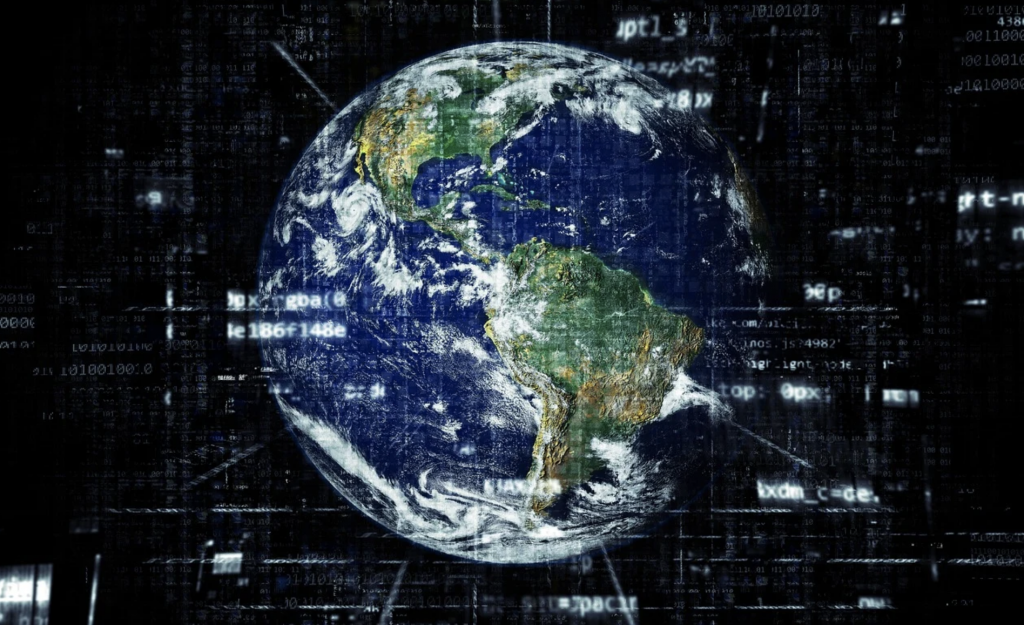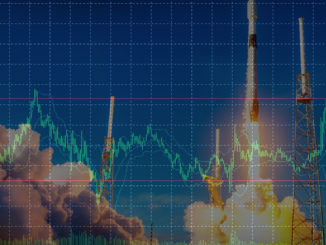
From recent technological innovations to the initiation of the age of ‘Internet of Things’, humans have increasingly become dependent on technology. As rightly stated by the founder of World Economic Forum, Klaus Schwab, unlike the preceding revolutions, the Fourth Industrial Revolution (4IR) or the digital revolution that began in the middle of last century has blurred the lines between the physical, digital, and biological spheres and has disrupted entire systems of production, management, and governance.
With this changing environment emerged new threats in newer domains. From wars that were fought with guns and bombs to a war that is fought with clicks and weaponized computer programs, the nature of warfare is changing. The world has progressed so much in the race of technology that even a single button on the keyboard can now trigger a war leading to unprecedented destruction.
The development of war fighting capabilities has, until recently, largely depended on technology and tactics. Archaeological evidence suggests that war was waged with tools like clubs and batons. With the advent of institutionalized armies, organized columns would attack each other head on. In the 18th century, Napoleon used manoeuvrable artillery and specialized units to outflank his adversaries. On the technological front, huge advancements have been made, such as fighter aircraft and advanced manoeuvrable tanks. The German military coupled these technological advances with their blitzkrieg tactics and new war fighting dynamics emerged. In short, the ways and methods of war have evolved over the years.
The world in the 21st century is deemed as a global village. Globalization is defined as the world becoming more interdependent in its economical and informational dimension. With increased interaction among states, their war waging methods have also changed, but the objective remains the same, which is to undermine the adversary and achieve strategic gains. The United Nations in its charter denounces the use of force to achieve strategic gains and the international law regime regulates the conduct of war. In this milieu, states rely on other means to undermine the enemy. One of the preferred choices is the use of information to mould the mind of your adversary’s population to your advantage. The objective is to create internal discord to weaken the enemy from within without the use of brute force.
In today’s environment, all elements of national power are utilized to isolate and coerce the enemy through indirect strategies like law fare, threat of water wars, nuclear intimations, economic strangulation, etc., to exert ‘maximum pressure’. Therefore, in this already complex environment, information has achieved centricity to attain specific strategic effects even through minor operational and tactical actions. As non-attribution and uncertainty can best be achieved through informational tools, new fronts of information strategy, such as strategic communication and perception management, have opened. Today’s conclusions are no longer based on circumstances, but rather on how the results are conferred.
Emerging technology is the driver of the technological upheaval in strategic affairs. The current global apprehension is that emerging technologies have the capability to change the balance of power among great and regional powers. The advent of artificial intelligence (AI) as a contemporary deterrence strategy in nuclear and non-nuclear technologies is a universal interest in the developing world. The extensive use of AI for military and defence purposes is not a peculiar phenomenon. The AI command-and-control and decision-making have been in practice for decades, and its use was highly discernible during the US-Soviet Cold War. However, its functionality in military, naval, and aerial forces has increased over the years in Western and Asian countries. The United States, China, Russia, France, and the United Kingdom are developing nuclear-charged ballistic missile submarines and aircraft, and India is powering its military with AI capabilities.
The industrial revolution of the 18th century is credited with the entire progress humanity is witnessing and experiencing today. It has embarked mankind on a journey which resulted in great inventions. Artificial intelligence is a theory, method, and technique that helps computers to analyse, simulate, exploit, and explore the human thinking process and behaviour. The human speak/listen ability links with speech recognition in AI, the read/write capability corresponds with Natural Language Process (NLP), and so on.
Social media will present its users with information only relevant to their interests, offering a personalized and significant news feed. Facebook will utilize AI technology to understand complex emotions like sarcasm, through the use of enabling ‘emotions’ as a reaction to statuses.
AI is expected to be particularly useful in intelligence due to the large data sets available for analysis. It is intended to automate the work of human analysts who currently spend hours sifting through videos for actionable information. It will help analysts to make more efficient and timely decisions based on the data. The intelligence community also uses AI in some capacity to accomplish tasks such as image recognition and predictive analysis.
AI is enabling authentic pictures, audio and video forgeries or “deep fakes,” that adversaries could deploy as part of their information operations. Deep fake technology could be used to generate false news reports, influence public discourse, erode public trust and attempt to blackmail government officials. AI may be used to fuse data from sensors in all of these domains to create a single source of information also known as a ‘Common Operating Picture’, for decision makers.
AI in target recognition systems enhances the capability of these systems to recognize the position of their targets. Abilities of identification systems include probability-based forecasts of enemy behaviour, accumulation of weather, anticipation and flagging of potential supply line bottlenecks or vulnerabilities, assessments of mission approaches, and suggested mitigation strategies.
AI applications in the field of semi-autonomous and autonomous vehicles help military movement and extends commanders decision making. AI enabled system is to perceive the environment, identify problems, combine radar data, plan navigation and communicate with other vehicles.
Technology has revolutionized social as well as institutional lives. While it has become an indispensable element of national power, it also has rightly become a national security threat with its contours like artificial intelligence and cyber-warfare. The increasing dependence upon information technologies, from individual organizations to governance systems to the entire military systems being dependent upon them, the challenge posed by threats have become a reality. It has transformed the concept of security and warfare.
In this age of information and emerging technologies, the national security strategy of a state must include a comprehensive strategic framework to meet its challenges. With this ever-increasing threat of cyber-related escalations worldwide, Pakistan must focus on its lacklustre cyber defence. The way forward for the country is to adopt a three-pronged approach of the golden triangle, or the People, Process, and Technology framework vis-a-vis its key vulnerabilities like weakness of ICT dependent infrastructures and fragile socio-political fabric.
![]()




Be the first to comment